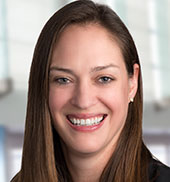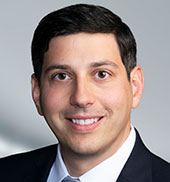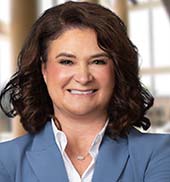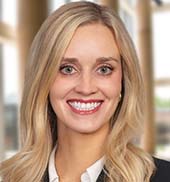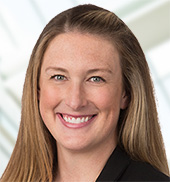On October 31 of last year, the U.S. Department of Education finally promulgated its much anticipated “gainful employment” or “GE” regulations. The new rules, which become effective July 1, 2015, include reporting, disclosure, and certification requirements, as well as new debt-to-earnings metrics designed to assess whether a program offers a reasonable return on investment. Because repeated failure to satisfy the “D/E” metrics can lead to program ineligibility, a great deal of attention has been paid to how the metrics are calculated, with many institutions working to project whether their programs will pass. And indeed, as REGucation readers know, we dedicated a series of blogs to this topic, culminating with the release of our desk guide, "How to Project Gainful Employment Rates."
With this post, however, we want to focus on the GE reporting requirements, and to draw your attention to guidance that recently has been released by the Department.
As an initial matter, it’s worth emphasizing that the reporting requirements, located at 34 C.F.R. 668.411, are considerable. For every covered student in a GE program during the applicable period, institutions will have to report a range of information, to include identifying information, dates of attendance, and enrollment status. And for any covered student who completed or withdrew from a GE program during the applicable period, institutions will have to report additional information, including dates of withdrawal or completion, total debt, and total tuition and fees assessed. Institutions also are required to report for every GE program any available placement rate information that the school is required to calculate by an accreditor or state agency.
This reporting burden is increased significantly in 2015 due to the fact that schools are required, for this year only, to report data for multiple periods. Specifically, By July 31, 2015, only a few short days from the effective date of the new rules, institutions must report data for award years 2008-09, 2009-10, 2010-11, 2011-12, 2012-13, and 2013-14. For medical and dental programs that require an internship or residency, institutions also must provide data for award year 2007-08. And by October 1, 2015, institutions must report data for award year 2014-15. Taken together, in 2015, institutions will be reporting to the Department data covering a whopping seven award years.
For any institution with a high number of GE programs in its portfolio, to include proprietary schools and community colleges, in particular, it is critical that discussions begin soon regarding data gathering, the assignment of responsibilities, and timetable to delivery. The good news (cold comfort though it may be) is that the Department is working hard to provide institutions with the tools they need to carry out these planning sessions in a meaningful way. When you and your staff sit down to develop your plan of attack, you will want to have the following two documents on hand:
- Gainful Employment Electronic Announcement #52. The GE reporting process can be accomplished through an online platform (the Department’s NSLDS Professional Access site) or by batch file through the Department’s Student Aid Internet Gateway (SAIG) TG Mailbox. This announcement summarizes, and includes links to, the various reporting resources the Department has made available to date, for both online and batch reporting.
- The NSLDS Gainful Employment User Guide. This 194-page user guide, released in February 2015, is dedicated entirely to detailing the upcoming GE reporting requirements and setting out the technical requirements for managing the reporting either through batch reporting or online reporting.
In addition to gathering these documents, school personnel tasked with oversight of the reporting process should make time to view the Department’s upcoming webinars.
Looking for more information on the new Gainful Employment rules?
In an effort to assist the many institutions working to review and digest the new gainful employment regulations, Thompson Coburn’s Higher Education practice is offering a webinar series discussing the new rules. All webinars are free and will be available on demand. Visit our TCLE page to register for upcoming programs and view past webinars.
Aaron Lacey is a partner in Thompson Coburn’s Higher Education practice, and editorial director of REGucation. You can find Aaron on Twitter (@HigherEdCounsel) and LinkedIn, and reach him at (314) 552-6405 or alacey@thompsoncoburn.com.




